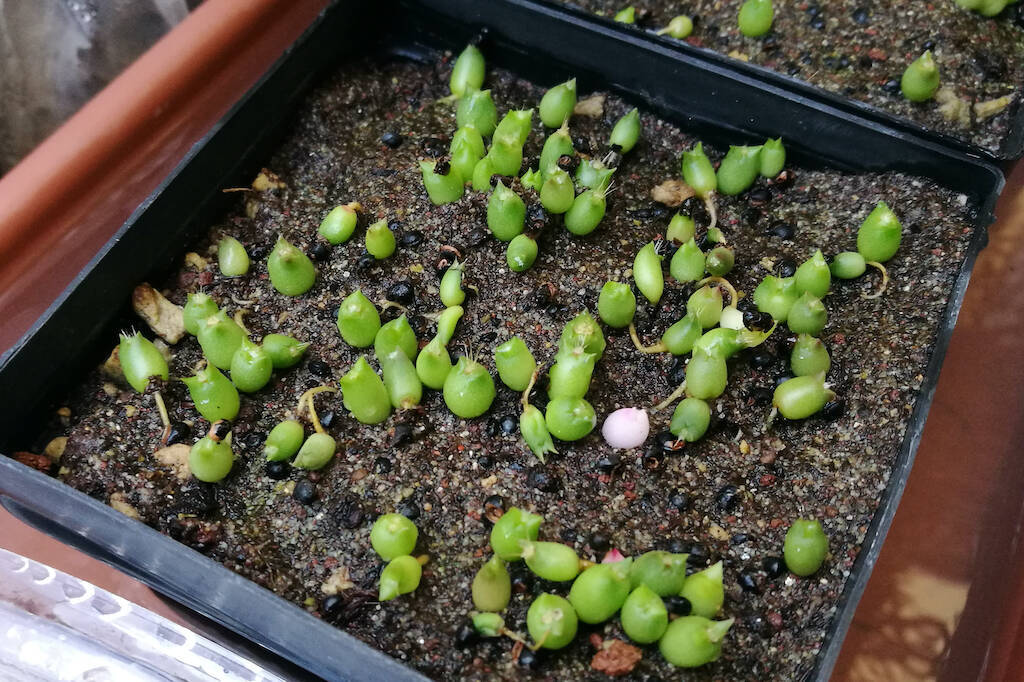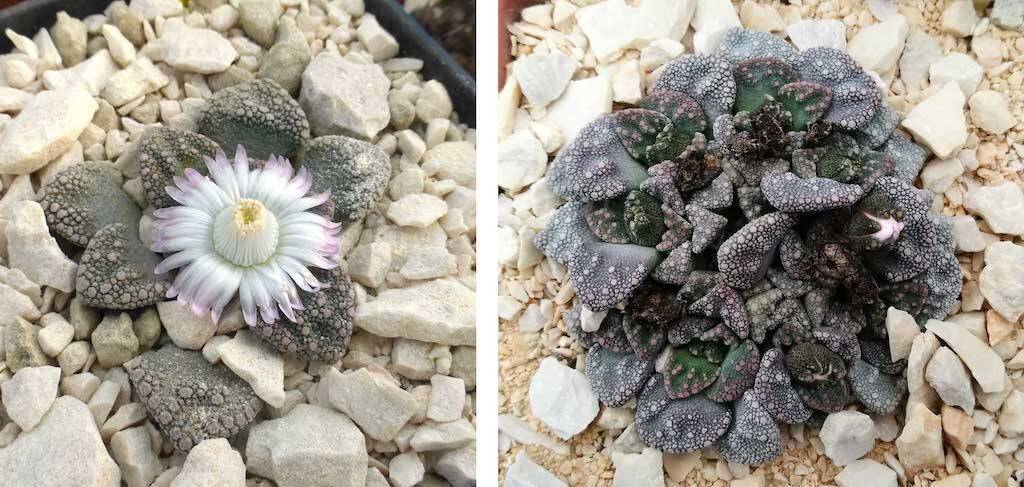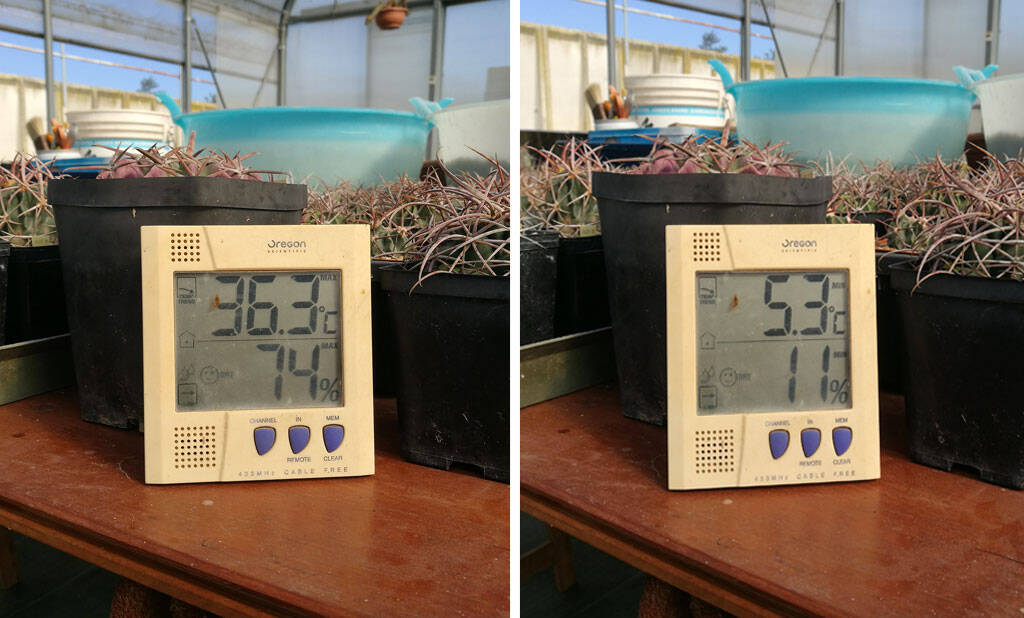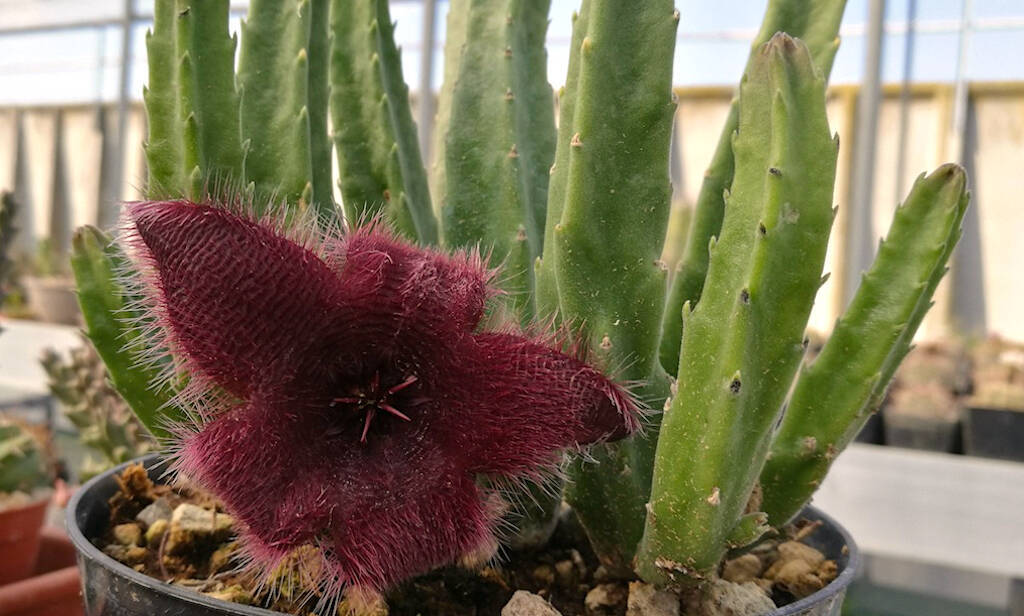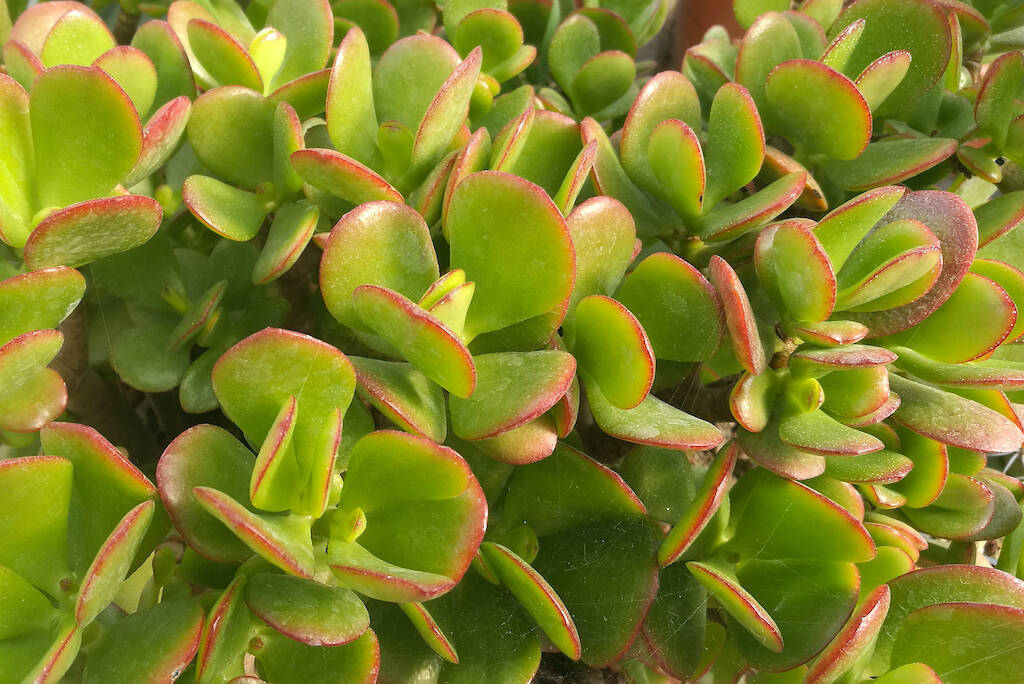Ok, between one drop and another of condensation inside the bag we can see some tiny green dots. The seeds gave birth to the first seedlings, in short, our baby cacti. And now? How do we proceed with the sowing of cacti and succulent plants after the first germinations? Should we open the bags right away? Should we keep the seedlings in full light or is it better to place them in a sheltered place? Should we water regularly the seedlings or it’s better to let the potting soil dry out? And, finally, can we fertilize?
In this article, let’s see what to do once the seeds of cacti and succulents have germinated, in other words how to move correctly to help the plants grow and avoid making the work done with sowing in vain. (…)
Per proseguire nella lettura dell'articolo Accedi o Abbonati
To continue reading the article LogIn or Subscribe


